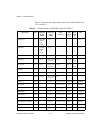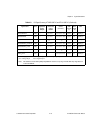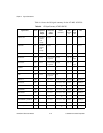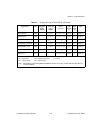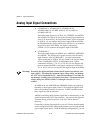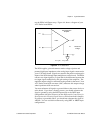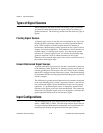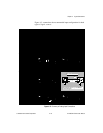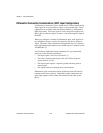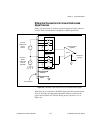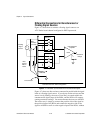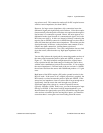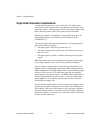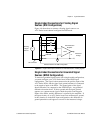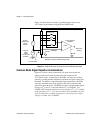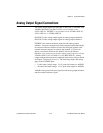
Chapter 4 Signal Connections
AT-MIO/AI E Series User Manual 4-20
National Instruments Corporation
Differential Connection Considerations (DIFF Input Configuration)
A differential connection is one in which the AT E Series board analog
input signal has its own reference signal or signal return path. These
connections are available when the selected channel is configured in
DIFF input mode. The input signal is tied to the positive input of the
PGIA, and its reference signal, or return, is tied to the negative input of
the PGIA.
When you configure a channel for differential input, each signal uses
two multiplexer inputs—one for the signal and one for its reference
signal. Therefore, with a differential configuration for every channel,
up to eight analog input channels are available (up to 32 channels on the
AT-MIO-64E-3).
You should use differential input connections for any channel that
meets any of the following conditions:
• The input signal is low level (less than 1 V).
• The leads connecting the signal to the AT E Series board are
greater than 10 ft (3 m).
• The input signal requires a separate ground-reference point or
return signal.
• The signal leads travel through noisy environments.
Differential signal connections reduce picked-up noise and increase
common-mode noise rejection. Differential signal connections also
allow input signals to float within the common-mode limits of the
PGIA.



